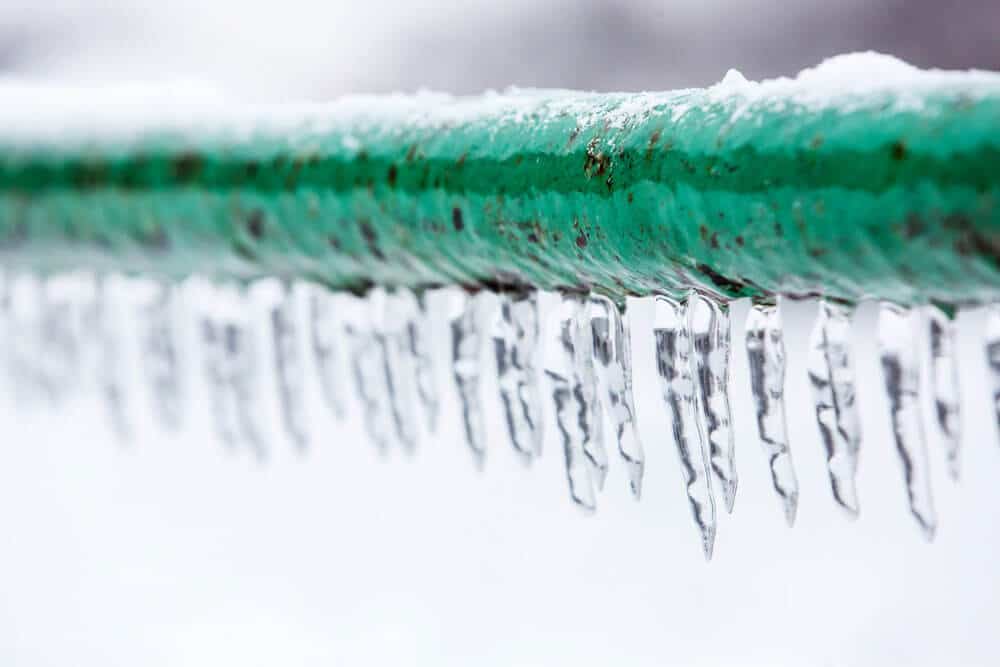Although frozen sewer pipes are not very prevalent, the property owner will nonetheless experience difficulties. The main issue with water freezing inside sewer pipes is that it expands, which can harm or even cause your plumbing system to collapse entirely. Even while frozen pipes may not immediately burst, they are however problematic. Instead, the weakest component of the line will eventually burst first as pressure increases inside the pipe as the water freezes and flows through it.
Signs of a frozen sewer line
The sooner you treat the issue before it necessitates a substantial repair, the faster you can recognise the signs of a frozen sewage line. If any of the following occurs while the outside temperature is below freezing, your sewage pipe can be frozen:
- Puddles or sinkholes outside for no obvious cause Your sewer system is making gurgling noises
- Walls and ceilings with flooding or moisture Unpleasant odours coming from the drainage system
- No water coming out of the faucets.
Contact Eco Pro Plumbing for the best Cambridge plumbing service if you notice any of the warning indicators listed above. The maintenance and repair of homes, high-rise complexes, as well as commercial, industrial, and other sorts of projects, are among the many services that Eco Pro Plumbing offers. They have two generations of experience in mechanical and plumbing services, and they provide a range of high-quality plumbing services at competitive prices including faucet repair cambridge. In the plumbing sector, Eco Pro Plumbing offers the best customer service and craftsmanship.
How to thaw a frozen sewer line?
It’s important to be informed of the risks before attempting any do-it-yourself procedure. If you don’t know much about plumbing, think about hiring a professional team.
• Find the septic system holding tank for your house first. Then, choose the septic tank cover that is ideal for your house. You’ll need a crowbar to pry up the access cover because it is made of concrete. Consider digging a path around the holding tank cover if the ground is frozen close by.
• A garden hose should be fitted with a 6-inch nozzle before being connected to an external water source. Ideally, you should have a utility room with a hose connection to that hot water source.
Don’t use any hot water that is higher than 110 degrees Fahrenheit. If the water is overly hot, you run the danger of breaking the pipes in your house.
• Find your home’s septic pipe outflow as soon as possible. Position the hose so that the nozzle is towards the house. By turning on the water in your utility room and pushing the hose into the pipe until you run into resistance, you can locate the ice blockage. The ice should melt rather rapidly if you spray hot water directly on it (while holding the hose, you’ll feel the obstruction loosen up).
Pull the hose out of the septic line once the obstruction has been removed, but keep the water running until it has completely exited the pipe. Ensure that the holding tank is sealed and left in the same state as when you discovered it.
• You can clean it off with moist paper towels after sterilising your garden hose with Clorox wipes.
Methods for avoiding frozen sewage lines
It’s simple to avoid having your sewer line freeze if you know what to protect. The following actions can be taken to prevent frozen sewer lines:
1. Spend money on pipe insulation.
As your first line of defence against chilly temperatures and exposed pipes, you can make an investment in insulation. Your sewer line can be insulated by wrapping pipe insulation around the lines and securing it with electrical tape.
2. Inspect the water heater
Make sure your water heater is operating properly since it keeps the water flowing through the pipes hot enough to prevent freezing.
3. Stream water
The best thing to do in a freezing environment is to open your tap and let the water run. The easiest technique to stop pipes from freezing is to keep the water running from your faucets because water is much more likely to freeze when it is always flowing.
4. Maintain a clear drain.
When it’s snowing, it’s imperative to keep your septic tank and exterior drains warm.





